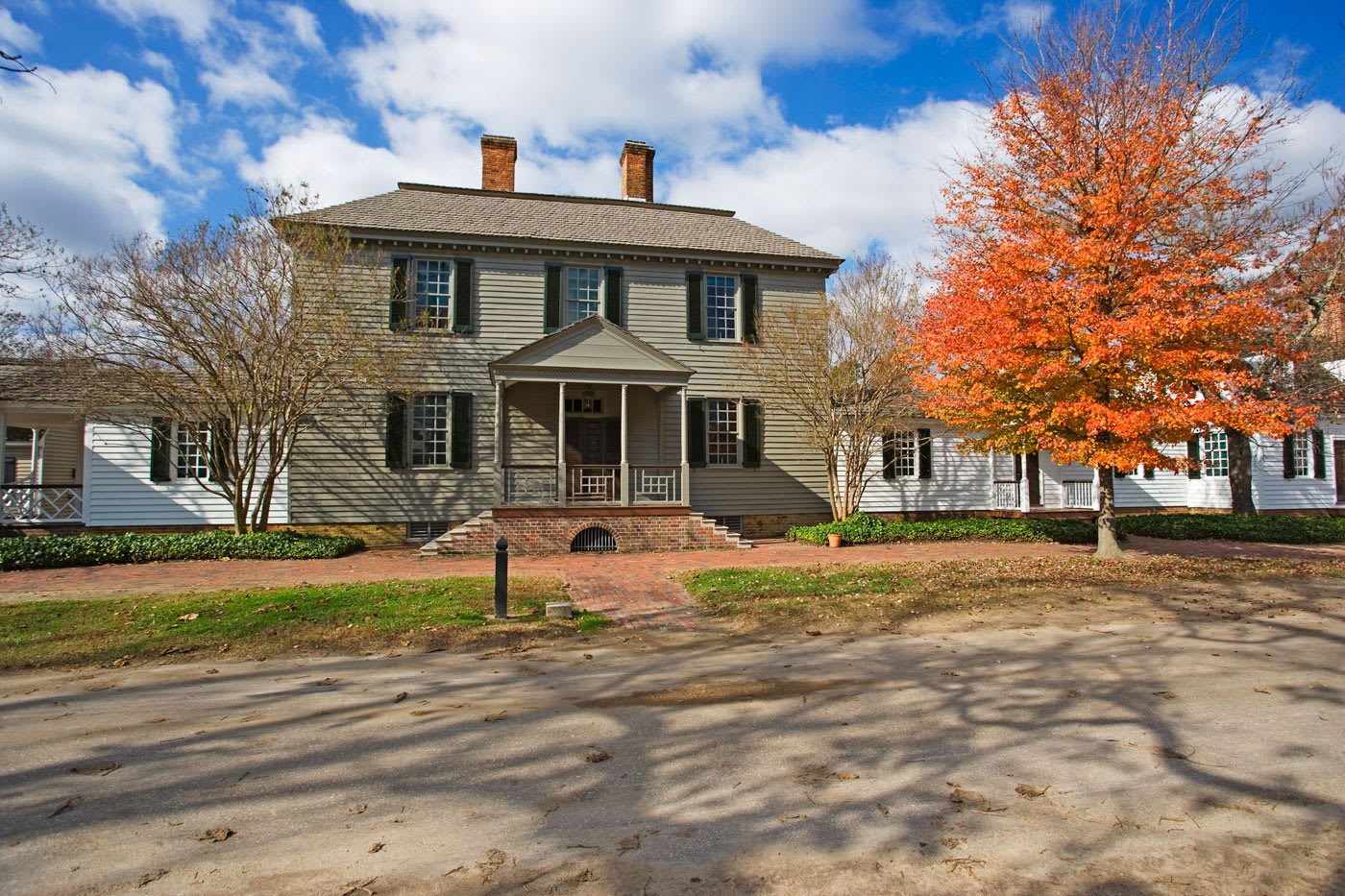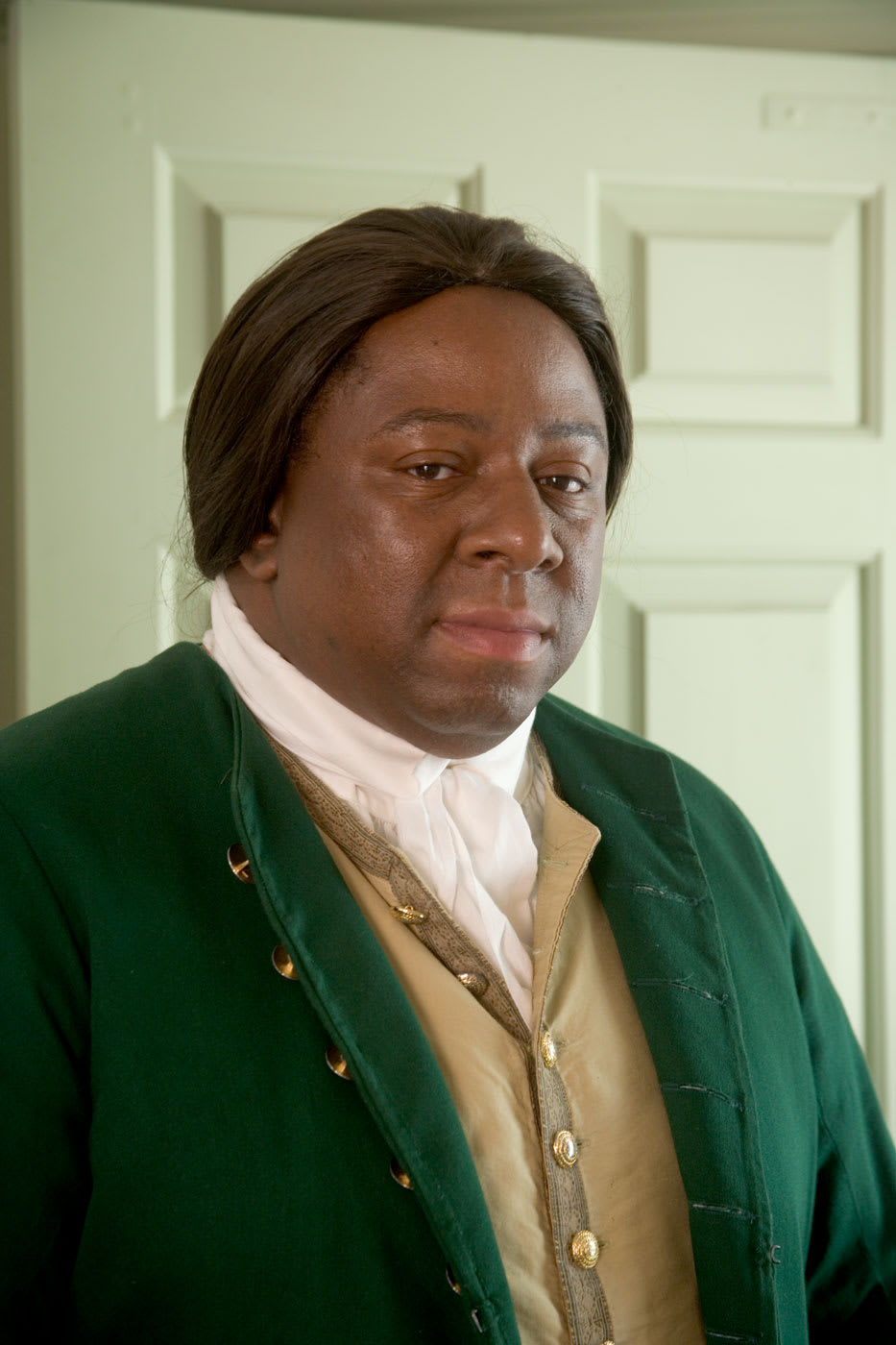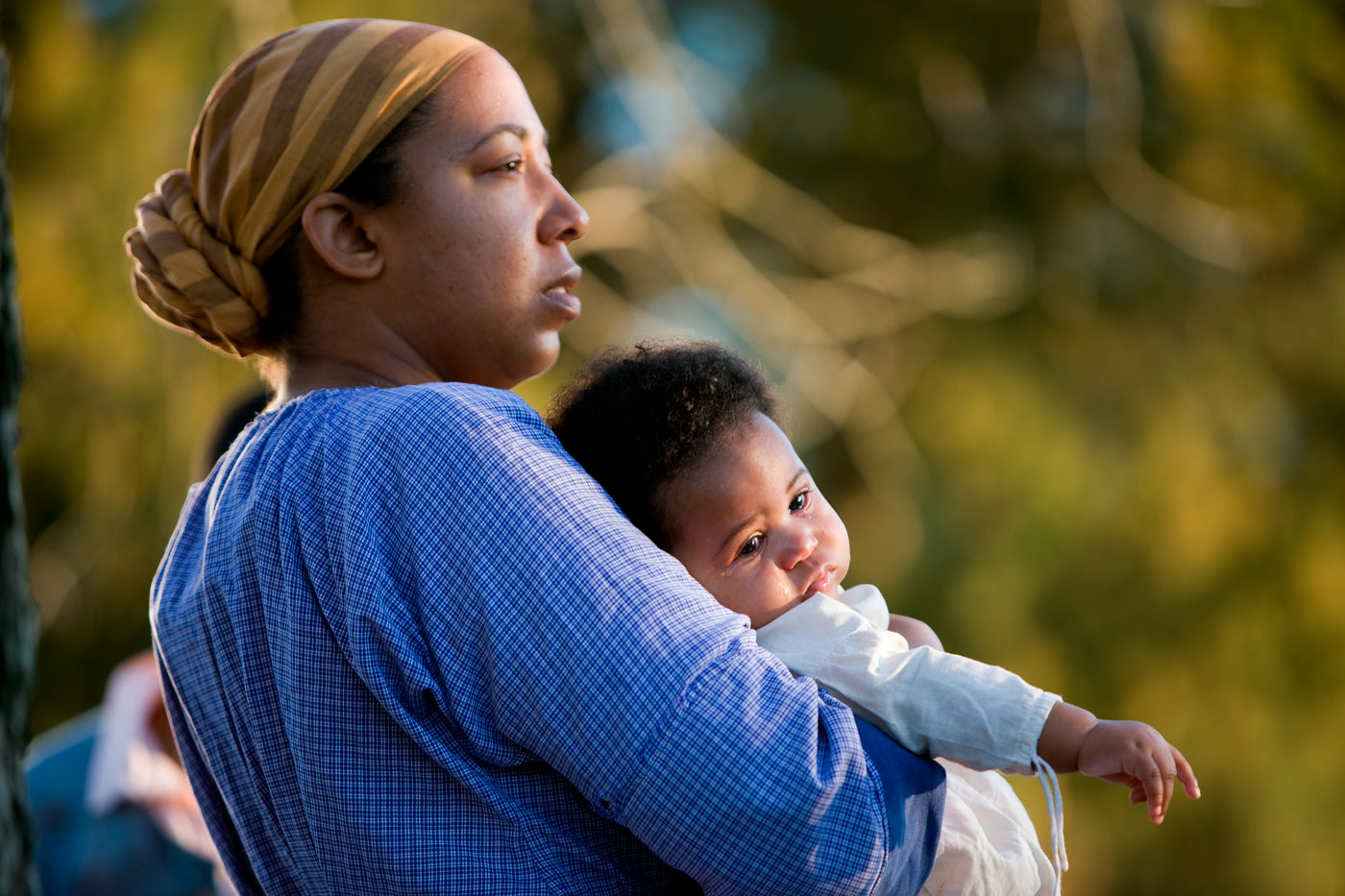Robert Carter III’s Enslaved Workforce in Williamsburg
Robert Carter III, an unlikely emancipator, brought his young family and enslaved “domesticks” to his Palace Green home in 1761. Carter was a member of the Governor’s Council and the grandson of Virginia landholder, slaveholder, and slave trader Robert “King” Carter. As a child, Robert Carter III had inherited over 65,000 acres in Virginia, including his father’s plantation at Nomini Hall in Westmoreland County, and almost 300 enslaved people who worked his holdings and made his life comfortable. Their labor paid for his British legal education at the Inns of Court, although young Carter appears not to have taken great advantage of it. His cousin John Page described Carter on his return to Virginia in June 1751 as “inconceivably illiterate, and also corrupted and vicious.” In the 10 years since, however, he had embarked on a course of self-improvement and education.

After his family’s return to Nomini Hall in 1772, Carter’s self-reflection led him on a religious journey from the Church of England to the Baptist faith to the teachings of the Swedish scientist, mystic, and theologian Emanuel Swedenborg. By 1788, Carter’s changing beliefs confirmed his doubts about slavery, and he declared, “tolerating Slavery indicates great depravity.” His conviction caused him to grant freedom to most of his enslaved workforce via a Deed of Gift dated August 1, 1791. By this and other documents, Carter ultimately freed over 500 people in stages, by age. It was the largest single manumission of enslaved people until the Civil War.
The road to emancipation was not easy. When Carter lived in Williamsburg, Virginia legislation passed in 1723 made freeing the enslaved so difficult that very few were emancipated under this law. An owner was required to petition the Governor and Council and prove meritorious service to obtain freedom for an enslaved person. Carter took advantage of 1782 legislation that allowed slaveholders to manumit the people they owned by any written and witnessed document recorded in the county court. The freed persons had to be of sound body and mind, not below the age of 21 for men and 18 for women, or above the age of 45, or else the emancipator or his estate were required to maintain and support them. After his death in 1804, some of Carter’s heirs challenged the 1791 Deed of Gift, but in 1808 the Virginia Court of Appeals upheld it.
Carter did not list the enslaved domestics he brought to Williamsburg, although the Bruton Parish Church register of births and baptisms helps us identify some. John Randolph Barden’s biographies of Carter’s enslaved workers in his 1993 doctoral dissertation help us to know if they were emancipated. Combining these resources, we get a glimpse of the future of some of the enslaved persons in Robert Carter’s Williamsburg household.
Samuel Harrison and his wife Judith. Samuel was Carter’s barber/valet. Judith’s work role is unknown. Both were emancipated in 1793. Judith gave birth to a daughter Nutty in 1762, a son John in 1768, and five others whose birth dates and names are unrecorded. All seven of these children had died by September 1774. Samuel and Judith’s younger children survived. Their son Beverley (born ca. 1773), freed in 1796, was captured and forced into the British navy in 1800. Four other Harrison children were certainly manumitted: Clara (born 1777) in 1795; Harry (born 1780), a tailor, in 1801; Amelia (born 1784) in 1802; and Bartlet (born 1782) in 1803. Sally (born 1787) was scheduled for manumission in 1805, but the Frederick District Court refused the deed of manumission. Sally was likely freed after the 1808 court decision.

Dennis, baptized August 30, 1761, had no parent listed. He attended Williamsburg’s Bray School in 1769 and was tutored by Fithian at Nomini Hall, where Dennis was a waiting boy. Because the males named Dennis identified by Barden all appear to have been born after 1761, it is not clear if he was freed. He might have been one of the workers who fled with the British during the American Revolution.
Mary and William. Mary’s son William was baptized November 7, 1762. Mary appears to have lived at Nomini Hall in the 1770s, 1780s, and 1790s, serving as a nurse. She was an invalid in 1796, which likely prevented her emancipation. William’s fate is unknown.

Dorcas and Milly. Milly was baptized March 5, possibly in 1763. Dorcas’s fate is unknown, but Milly might have been the wife of Abram, the mother of several children, and scheduled for emancipation in 1791.
Cress/Criss and Bekey. Bekey was baptized August 5, 1764. Cress, also known as Cress Newman, later had at least two other children, worked at Nomini Hall as a laundress, and was emancipated in 1791. Bekey married George Weldon and had at least six children, including a daughter Criss. Bekey was scheduled for emancipation in 1798.
Sarah and Oliver. Sarah’s child Oliver was baptized in 1765. Sarah was baptized as an adult in April 1767. Their fate is unknown.
Martha, Sam, and Mary Jones. Mary Jones, the daughter of Martha, was baptized July 6, 1766. Martha, a chambermaid, was the wife of Sam, the Carters’ cook; both were emancipated in 1793. Mary Jones married a man named George and had at least eight children. She was freed in 1796.
James was “old” when he was baptized August 2, 1767. If James lived to 1791, he was likely too infirm to be emancipated.
Lucy and Catheren. Lucy’s daughter Catheren was baptized October 4, 1767. Lucy appears to have been a seamstress at Nomini Hall and the wife of Alexander Jones, a free man. Lucy was freed in 1793. There were three people slated for emancipation who could have been Catheren. Two were emancipated in 1797, and one was slated for emancipation in 1799, but not listed among those freed.
Thomas Gumby. Thomas Gumby, an older adult, was with Carter in Williamsburg. He died in slavery between 1775 and 1782.
Mary Anne. A seamstress, Mary Anne beat one of the Carter children and was sold to the West Indies in 1767.
David, a gardener, and his wife were left at the Williamsburg house in 1772. Their future is unknown.
Robert Carter III’s actions were remarkable for his time. Although many other Virginians used the 1782 law to manumit favored enslaved members of their households, and some, like George Washington, freed large numbers of their enslaved people, the scale of Carter’s manumission was unmatched. Some of his neighbors and his heirs were angered by his actions. Nevertheless, Carter gave opportunity to hundreds of his enslaved workers and their progeny. A vibrant descendant community is active online.
Cathy Hellier is an historian in Historical Research and Digital History at Colonial Williamsburg. Her doctoral dissertation was on enslaved male domestics in Virginia.
Further Reading
Barden, John Randolph. “’Flushed with Notions of Freedom’: The Growth and Emancipation of a Virginia Slave Community.” PhD diss., Duke University, 1993. ProQuest 9416895.
Farish, Hunter Dickinson, ed. The Journal & Letters of Philip Vickers Fithian, 1773-1774: A Plantation Tutor of the Old Dominion. Williamsburg, VA: Colonial Williamsburg, 1943.
Levy, Andrew. The First Emancipator: The Forgotten Story of Robert Carter the Founding Father Who Freed His Slaves. New York: Random House, 2005.
Wolf, Eva Sheppard. Race and Liberty in the New Nation: Emancipation in Virginia from the Revolution to Nat Turner’s Rebellion. Baton Rouge: Louisiana State University Press, 2006.
Colonial Williamsburg is the largest living history museum in the world. Witness history brought to life on the charming streets of the colonial capital and explore our newly expanded and updated Art Museums of Colonial Williamsburg, featuring the nation’s premier folk art collection, plus the best in British and American fine and decorative arts from 1670–1840. Check out sales and special offers and our Official Colonial Williamsburg Hotels to plan your visit.